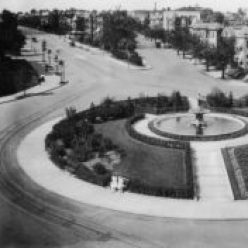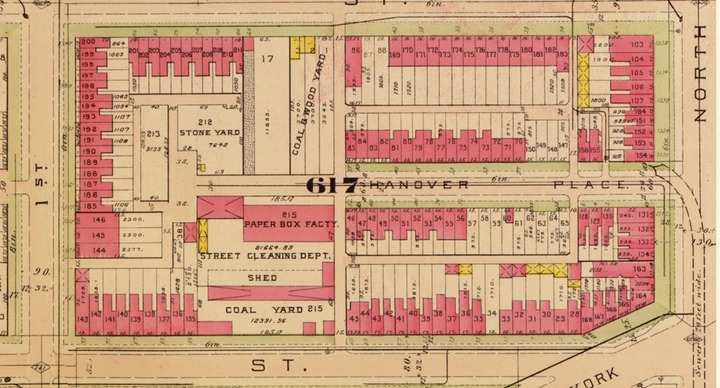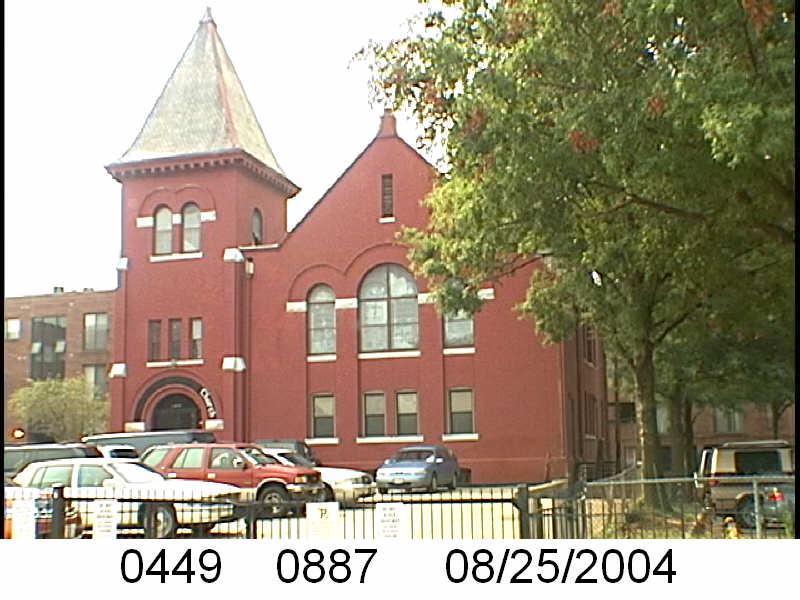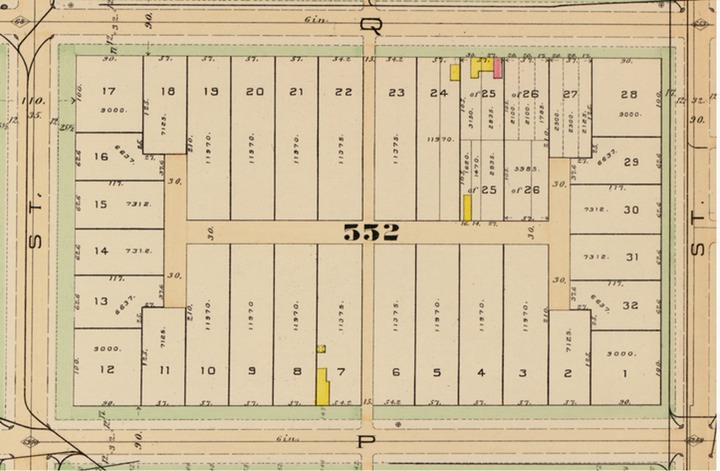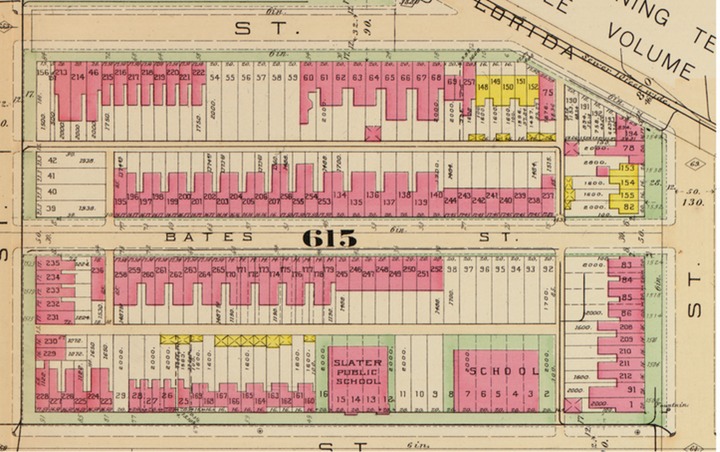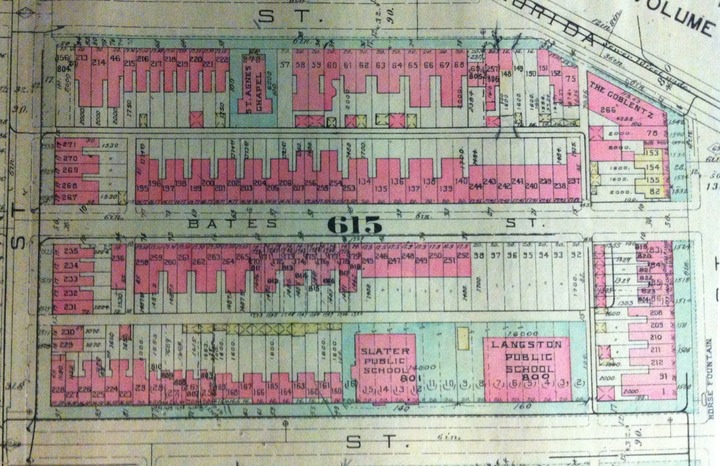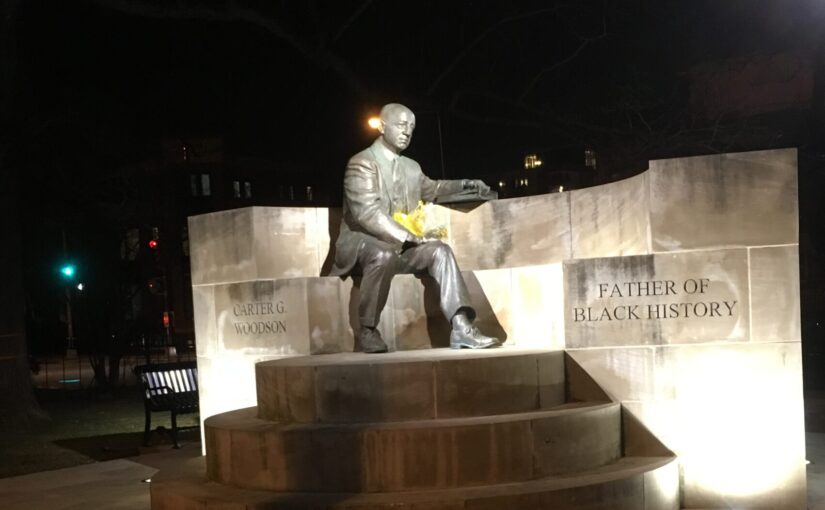In a previous post, WSIC- 1930s Ownership of Sq. 615, I wrote: “… the Washington Sanitary Improvement Company owned the following lots on Sq. 615 (bounded by North Cap, Q St, 1st St and P St NW): 65-66, 134-140, 170-179, 195-207, and 236-265.”
I’m going to skip Square 615’s lots 65-66. which are 22 and 24 Q St NW. They do not look different from the other adjoining town homes.
 So let’s first look at lots 134-140. And here is where we find our first problem. The lot numbers changed. Lot 140 would be 31 Bates Street NW. That address is now lot 285. I find a lot number changes. Sometimes the property undergoes some sort of conversion or there is another reason for the lot number change. It doesn’t happen too often but it does happen.
So let’s first look at lots 134-140. And here is where we find our first problem. The lot numbers changed. Lot 140 would be 31 Bates Street NW. That address is now lot 285. I find a lot number changes. Sometimes the property undergoes some sort of conversion or there is another reason for the lot number change. It doesn’t happen too often but it does happen.
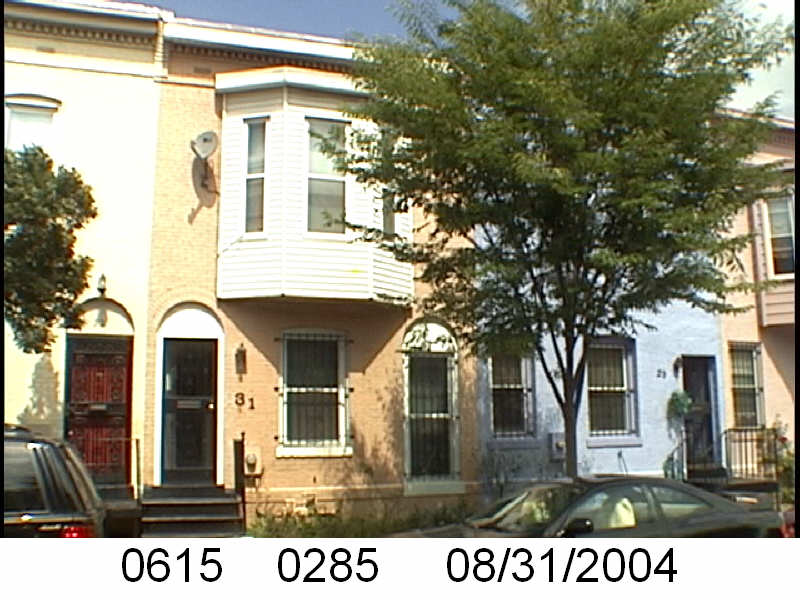
Next is lot 139, which like 140, no longer exists in the tax rolls. It was 33 Bates Street NW, which is now lot 286.
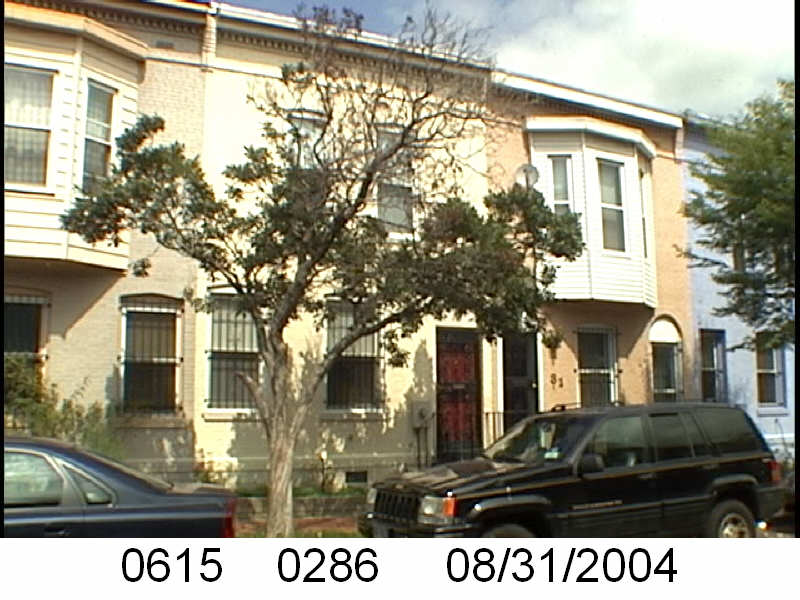
So what are we seeing here in these two images of Bates Street NW houses. The image for 31 Bates St NW shows the distinctive 2nd floor centered bay and the two entrances, reflecting the Washington Sanitary Improvement Company’s (WSIC) idea of having a two flat unit. The second door, is a window in the image for lot 285.
The pattern for the row is bay, no bay, bay, no bay.
